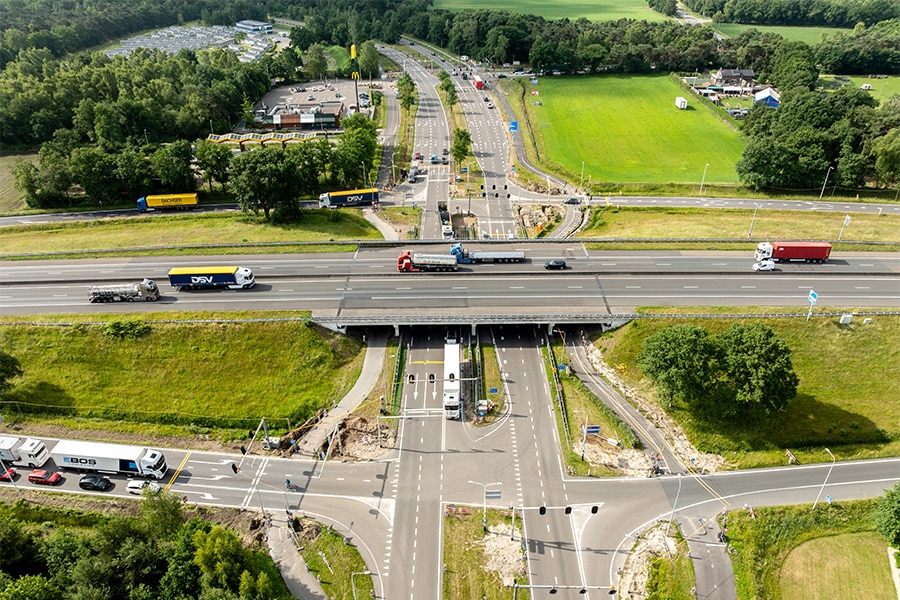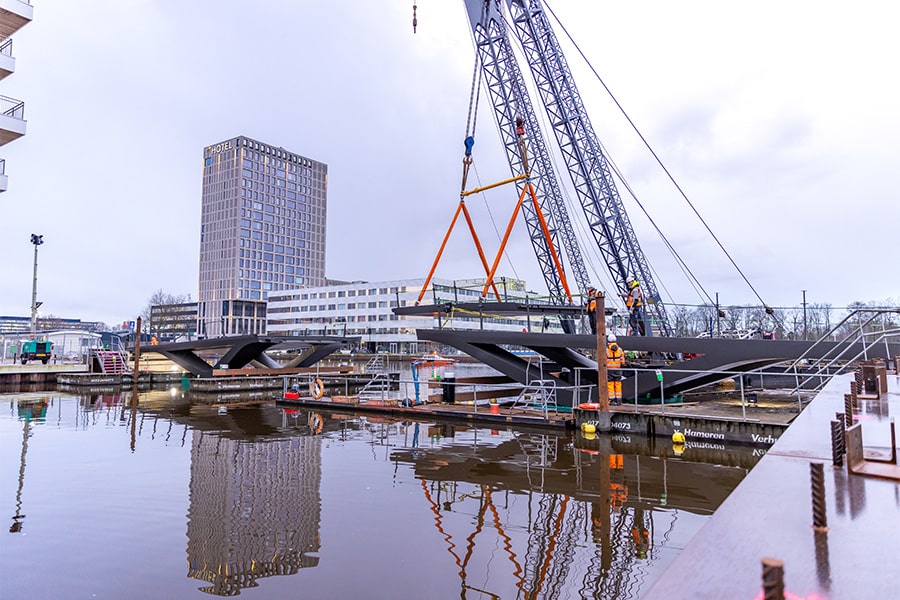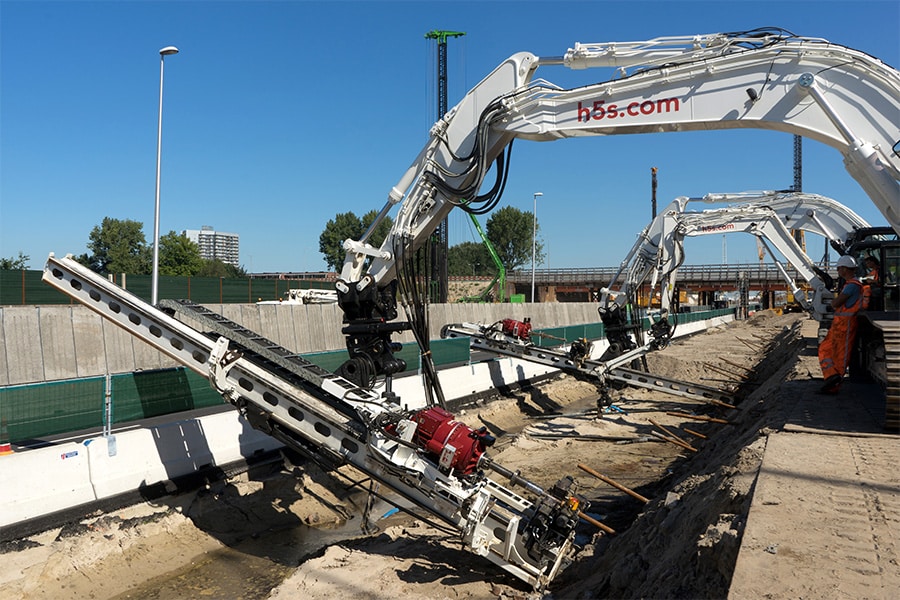
Explosives: from detection to blasting
Middle lock to be demolished with explosives
You don't have to tell Herman Daelman anything about explosives. "I am also the one who pushes the button when the time comes," says the director of the Belgian company Wolf-Expert. Wolf specializes in working with explosives and in sawing operations, both above and underwater. "In addition to deploying explosives for demolition, we also specialize in explosives detection and historical research," he explains. At the time of our conversation, Herman is looking forward to the end of March 2022. "Then comes the date when we start demolition of the old gully and the old inner head, on the west side, at the New Lock in Terneuzen."
Working in phases
Work will be done in phases. Work will begin on the west side at the end of March, and a month later it will be the east side's turn. "In the meantime, based on the data about the explosion on the west side, we will see if anything needs to be changed for the east side." Wolf uses dynamite-based explosives, with electronic detonators. "We work in the wet, something we have ample experience with."
As little inconvenience as possible
A total of some 20,000 meters of drilling is being done to place the explosives. This is all done underwater. "We put the explosives in the heart of the piece to be exploded," Herman explains. "We're going to jump the charges per unit of time. We do this in 'batches' of 15 kg of explosives, which will go off like a barrage in rapid succession-so not simultaneously. Due to the fact that a lot of energy is released, this is the only method that prevents the creation of a nuisance shock wave that affects far into the environment."
Once placed, the electronic detonators are continuously checked for connection and efficacy up to a few minutes before the jump. "We leave nothing to chance. The detonators each contain 1 gram of explosive by itself, which is detonated electronically, thereby exploding the charge. Each detonator is controlled by the computer and is programmed neatly on schedule."



